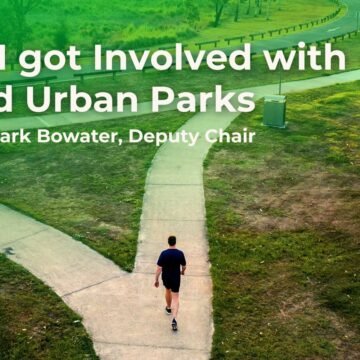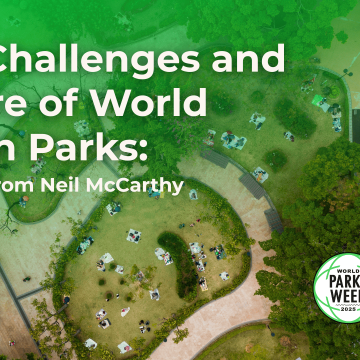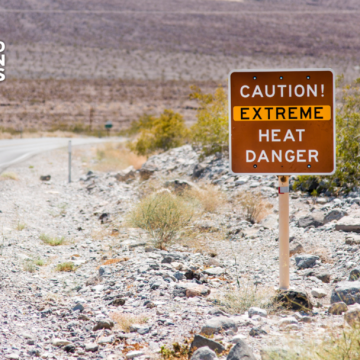Mark Bowater reflects on his global journey in parks, urging professionals to lead, connect, and create better cities through WUP.
Category: <span>Articles and documents</span>
How Much Green Do We Really See? A New Way to Measure Nature in the City
Discover a new way to measure green exposure in cities with the Komorebi Index, combining street-level imagery and pedestrian data to improve urban health. Learn how this innovative method can guide smarter, greener city planning.
The Challenges and Future of World Urban Parks: Insights from Neil McCarthy
Neil McCarthy, former CEO of World Urban Parks, provides invaluable insights into the current and future landscape of urban parks worldwide.
What are “Sponge Cities,” and How Can They Prevent Floods?
“Sponge cities” describes urban areas with significant natural areas such as trees, lakes, and parks or other good designs intended to absorb rain and prevent flooding.
CityRAP Tool
CityRAP is a tool creator by DiMSUR that develops relevant and innovative tools to improve local, national, and sub-regional capacities for reducing vulnerability and building the resilience of communities to natural and other hazards in the southern African region and beyond.
Walk’n’Roll Cities Guidebook
URBACT Thematic Programme Expert Iván Tosics and URBACT Lead Experts Roland Krebs, Claus Köllinger, and Béla Kéz are the authors of this guidebook. Which brings together good practices from across the EU with the latest urban trends, to fill the gaps and ensure that the learning is within everyone's reach.
Nature-Based Solutions in Latin America and the Caribbean: Regional Status and Priorities for Growth.
This paper, published by the “World Resources Institute” discusses how the Latin American and Caribbean region is on the verge of transitioning from experimenting with nature-based solutions (NBS) to adopting them on a much broader scale that can transform infrastructure planning and investments for the better.
Heat Resilient Cities: Measuring Benefits of Urban Heat Adaptation
The C40 Cities Climate Leadership Group posted on its webpage information regarding the impact that temperatures have on cities.
How to adapt your city to extreme heat
This article is written by C40 Cities Climate Leadership Group and C40 Knowledge Hub, and it mentions that Heatwaves are a significant but widely underestimated risk. Extreme heat events in cities can cause mortality spikes of up to 14%, lower workforce productivity, and damage roads and rail lines.
Planting more trees in cities could cut deaths from summer heat, says study
The article published in the Guardian online newspaper is a study realized by a team at the Barcelona Institute for global health (ISGlobal) suggests that Planting more trees could mean fewer people die from increasingly high summer temperatures in cities.
- 1
- 2









